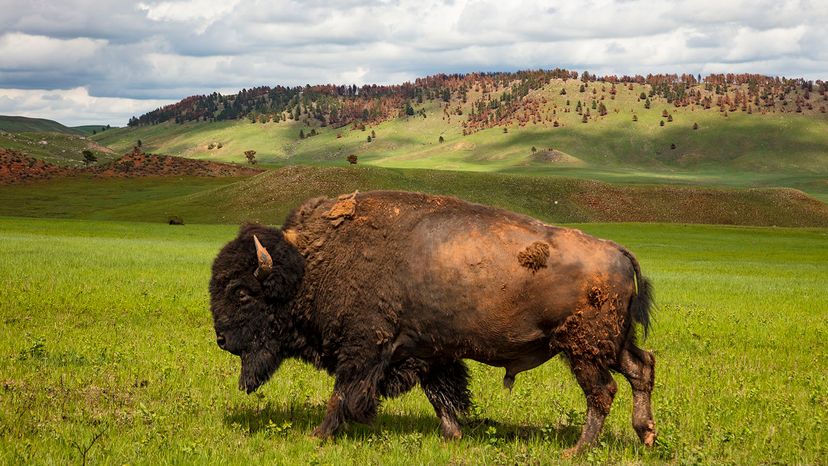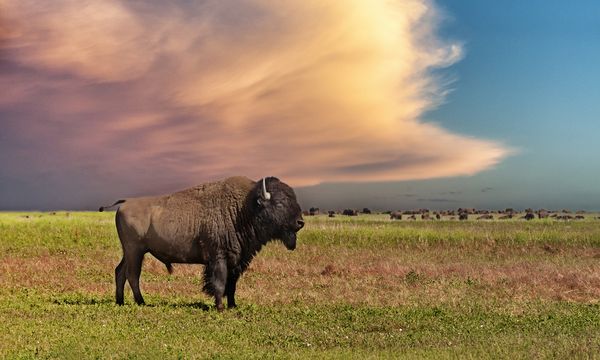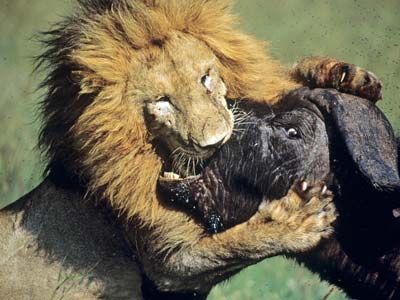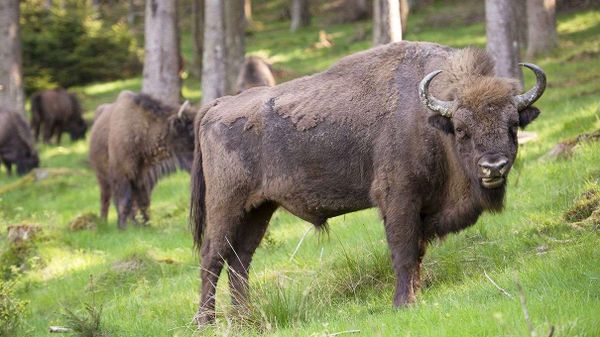
On a cool late September weekend in southwestern South Dakota, a group of 20 or so lucky lottery winners mounted up at Custer State Park for an honest-to-goodness buffalo roundup. If you're looking for something more American than that — horses, bison, the grassy plains of South Dakota, the rolling Black Hills, storming hooves, clouds of dust, yeehaws, cowboy hats, the whole bit — you'll be searching for a while. The roundup, with a herd of about 1,300 buffalo, is a living, rumbling reminder of what once was commonplace in this part of the West.
And it's something that remains, to this day, uncommonly cool. "Even having grown up in South Dakota, to us, it's still a really cool event. You just don't see it that often. It's crazy," says Lydia Austin, the interpretative programs manager at Custer State Park. "As I tell people when they ask me what my favorite part about it is, it's waking up in the prairies of South Dakota at 6 o'clock in the morning, you're in your truck, and it's usually a beautiful morning, a cold morning ... and you're rounding up buffalo."
Advertisement



